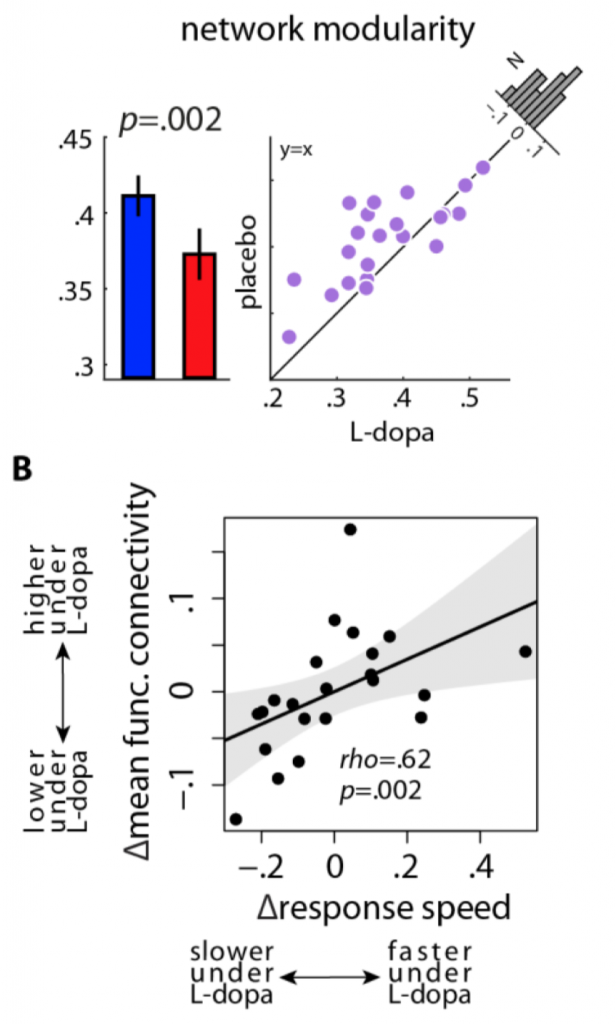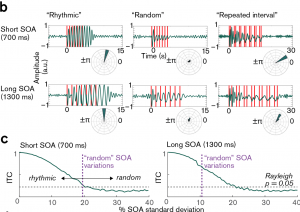In a fine collaboration we combine expertise on auditory cognition (Malte Wöstmann & Jonas Obleser, University of Lübeck) and brain stimulation (Johannes Vosskuhl and Christoph S Herrmann, University of Oldenburg) to show that externally stimulated alpha and gamma oscillations differentially affect spatial attention to speech. Our participants performed a dichotic listening task while being stimulated using transcranial alternating current stimulation (tACS) at alpha or gamma frequency (vs sham) on the left hemisphere. Alpha-tACS relatively decreased recall of targets contralateral to stimulation, while gamma-tACS reversed this effect. These results suggest that externally amplified oscillations are functionally relevant to spatial attention.
Wöstmann, M., Vosskuhl, J., Obleser, J., & Herrmann, C.S. (2018). Opposite effects of lateralised transcranial alpha versus gamma stimulation on auditory spatial attention.
Now available online:
https://www.sciencedirect.com/science/article/pii/S1935861X18301074





